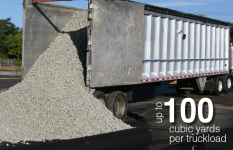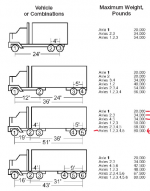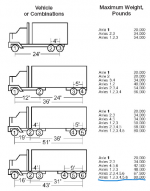The linked image explains a lot, what the work will look like after the first phase of the work is complete.
After looking at the satellite image, it looks like there is horizontal room for about 14 lanes to work with. The first step is to build 6 lanes in the middle, 3 in each direction, leaving the 6 lanes on the outside. It looks like they will work on the permanent bridge replacement on those outside lanes within the confines of the existing available space, and provide 3 new lanes in each direction. They will then move traffic to the new three-lane bridge(s), then they will remove the work shown in the photo, and complete the new bridge(s) at the center six lanes.
Temporary Stage Construction-LOGO.jpg (3300×2471) (pa.gov)
After looking at the satellite image, it looks like there is horizontal room for about 14 lanes to work with. The first step is to build 6 lanes in the middle, 3 in each direction, leaving the 6 lanes on the outside. It looks like they will work on the permanent bridge replacement on those outside lanes within the confines of the existing available space, and provide 3 new lanes in each direction. They will then move traffic to the new three-lane bridge(s), then they will remove the work shown in the photo, and complete the new bridge(s) at the center six lanes.
Temporary Stage Construction-LOGO.jpg (3300×2471) (pa.gov)
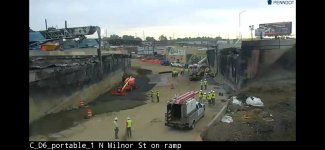
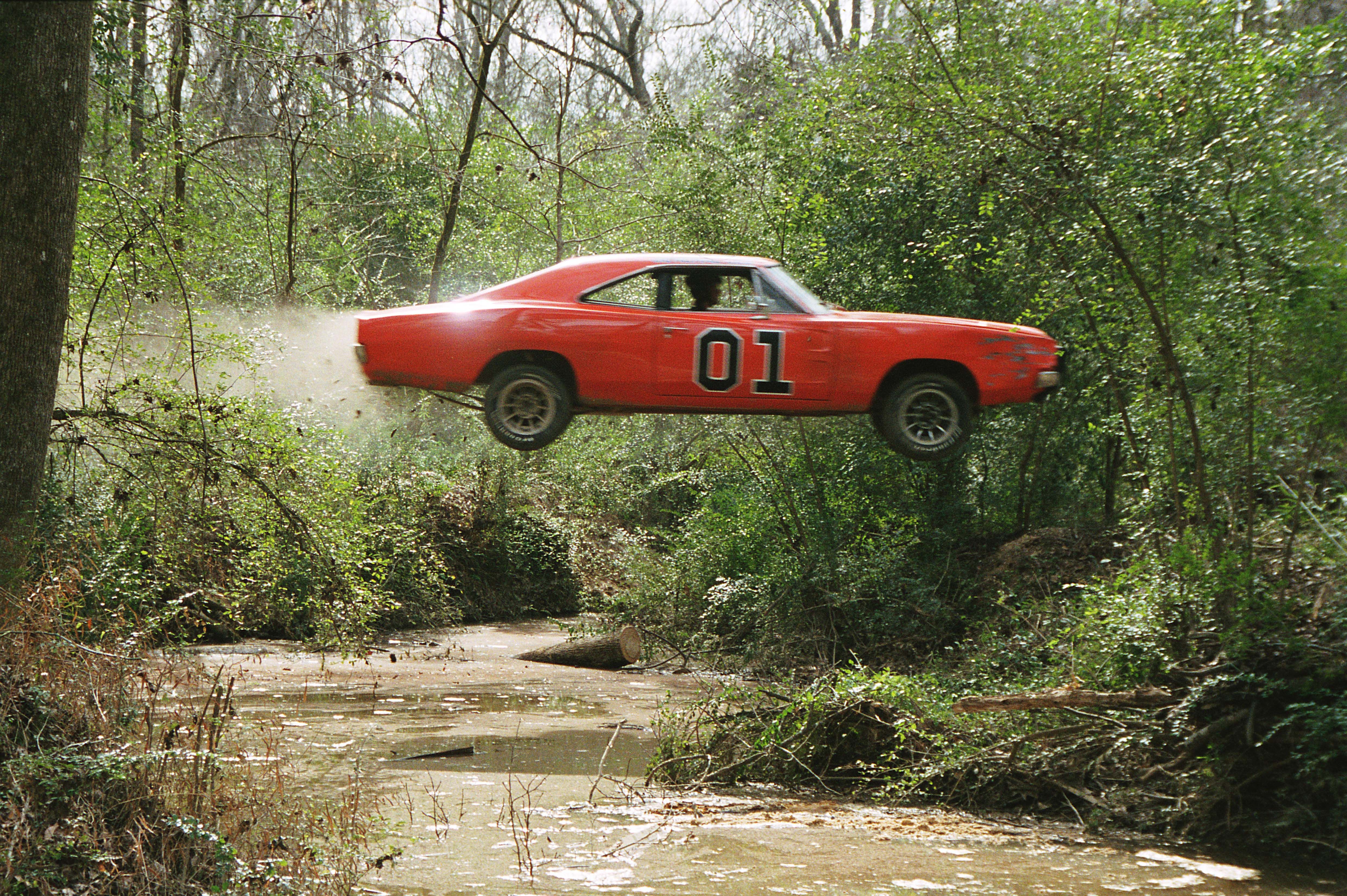

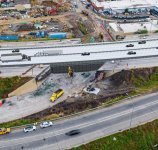


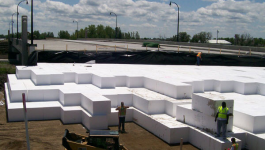
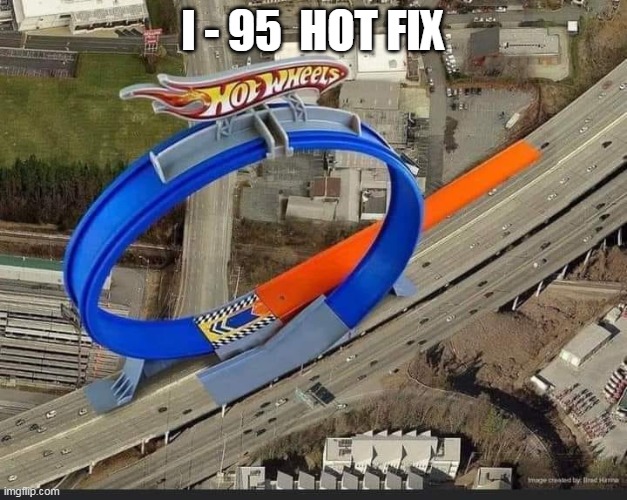
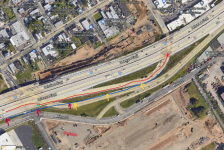
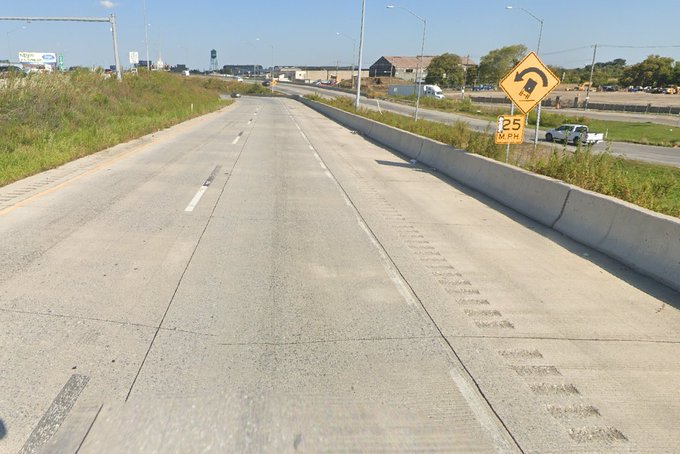
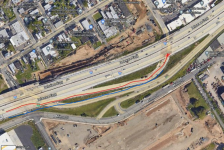
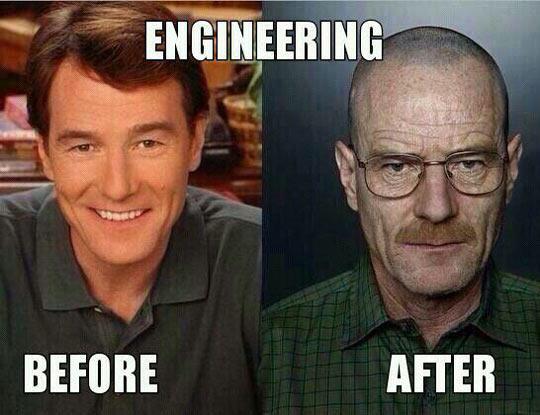
/cloudfront-us-east-1.images.arcpublishing.com/pmn/M6MCCSRJG5DKPGQWBL4SL6ZVTE.jpg)

